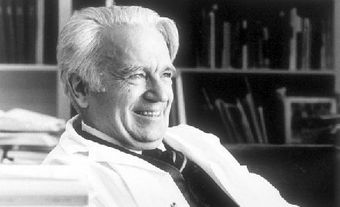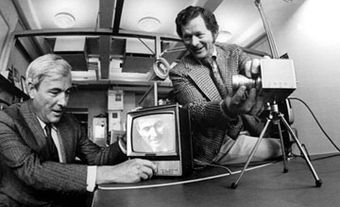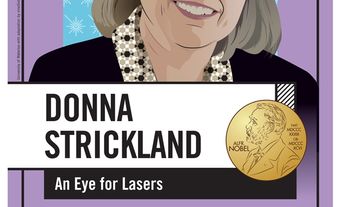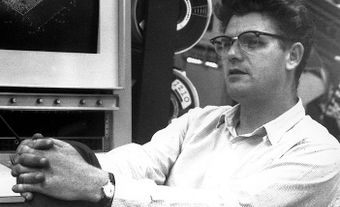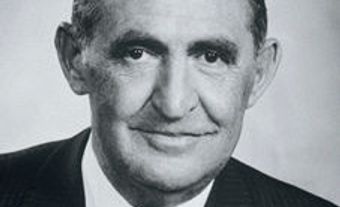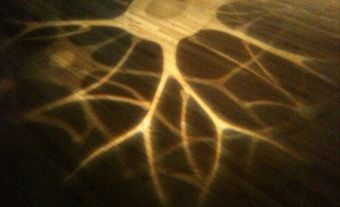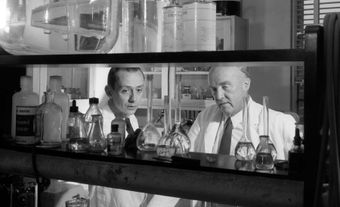Bertram Neville Brockhouse, CC, FRSC, FRS, physicist (born 15 July 1918 in Lethbridge, AB; died 13 October 2003 in Hamilton, ON). Brockhouse pioneered the use of thermal neutrons to study structural, dynamical and magnetic aspects of the behaviour of condensed matter systems at an atomic level (see Physics; Spectroscopy). In 1994, he and the American physicist, Clifford G. Shull were jointly awarded the Nobel Prize in Physics (see Nobel Prizes and Canada).
Bertram Brockhouse and Sweden’s King Carl Gustaf
Bertram Brockhouse (left) receiving the Nobel Prize in Physics from Sweden’s King Carl Gustaf (right), during the awarding ceremony in Stockholm, Sweden, 10 December 1994.
(photo by EP/AFP via Getty Images)
Education and Career
After studying at the University of British Columbia (BA, 1947) and the University of Toronto (MA, 1948; PhD, 1950), Bertram Brockhouse worked at the Chalk River Nuclear Laboratories from 1950 to 1962. In 1962, Brockhouse joined McMaster University and became a professor of physics. He was appointed professor emeritus at McMaster University in 1984, the year he retired.
Research and Nobel Prize
At Chalk River, Bertram Brockhouse developed sophisticated thermal neutron-scattering equipment and experimental methods: in particular, he invented the triple-axis crystal spectrometer, which is now used in neutron-scattering research laboratories worldwide for detailed investigations of excitations in a very broad range of materials. He performed many pioneering experiments, including measurements of atomic vibrational modes in metals, semiconductors and insulators, frequency spectra in a variety of liquids, and magnetic excitation spectra ("spin waves") in various magnetic compounds. His influence on the field of condensed matter research has been profound. (See also Spectroscopy; Physics.)
The research he pioneered led to other advancements, several of which have received Nobel prizes. Brockhouse, was also jointly awarded the Nobel Prize in Physics in 1994, some 35 years after his pioneering work. (See also Nobel Prizes and Canada).
Select Honours and Awards
- Fellow, Royal Society of Canada (1962)
- Fellow, Royal Society (1965)
- Officer, Order of Canada (1982)
- Companion, Order of Canada (1995)
- Inductee, Canadian Science and Engineering Hall of Fame (1998)

 Share on Facebook
Share on Facebook Share on X
Share on X Share by Email
Share by Email Share on Google Classroom
Share on Google Classroom

